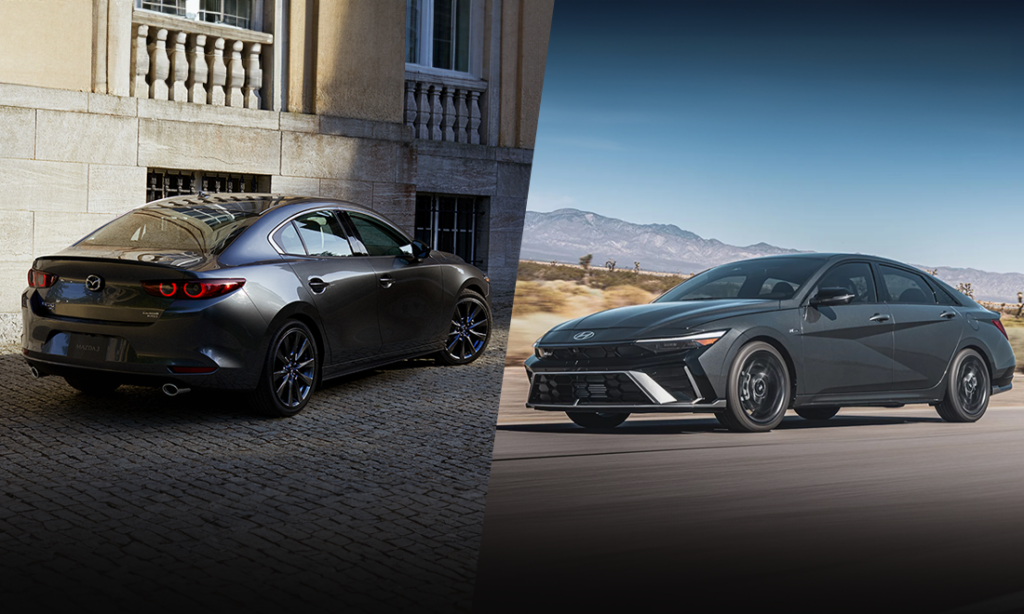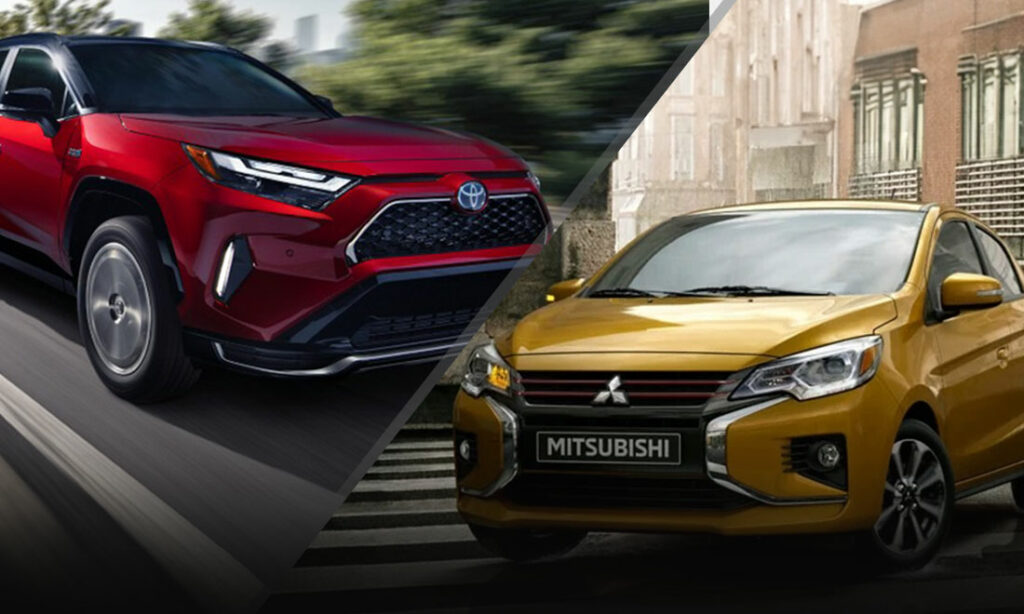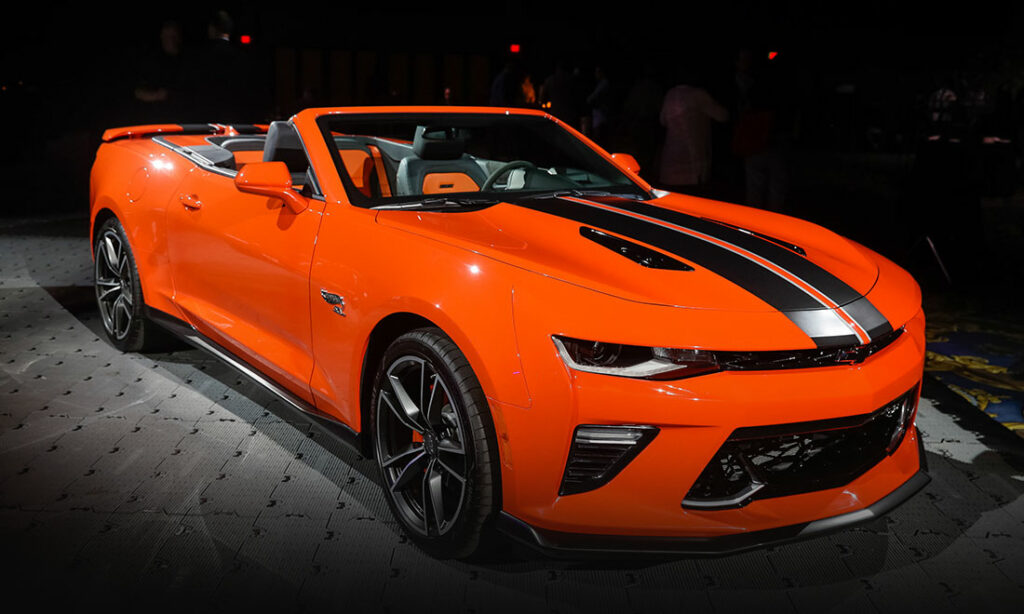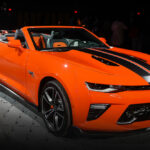Buicks of the 1960s
The Buick lineup of the 1960s spanned from land barge sedans and plush-riding station wagons to legit muscle cars like the GSX.
This is Your Grandad’s Buick
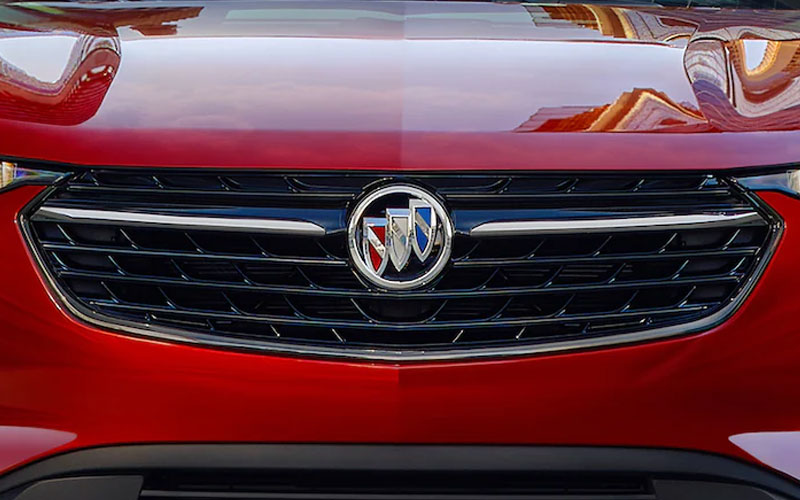
Today’s Buick is a bit of a head scratcher. As the GM middle child, the Buick brand is not as fancy as Cadillac but wants to stay a cut above offerings from Chevy and about on par with those from GMC while maintaining some kind of distinction between the two.
Buick is General Motors’ oldest brand, with a legacy that harkens back to cars like the Roadmaster, GSX, and the Grand National. Even if today’s Buick is more popular in China than in the US, there was a time when the Buick name resonated with American car buyers.
In the 1960s Buick stayed true to their roots through much of the decade, producing nice, smooth riding cars for families that slotted neatly below GM’s Cadillac brand. But with the advent of the muscle car era, Buick started shifting some of their lineup to appeal to younger buyers, culminating in the GSX, one of the last GM muscle cars before the whole trend was nerfed by fuel and emissions standards.
You know names like Skylark, Le Sabre, and Riviera, but today’s look back on Buicks of the 1960s, you will learn about a few less familiar Buicks as well as the icons.
Invicta
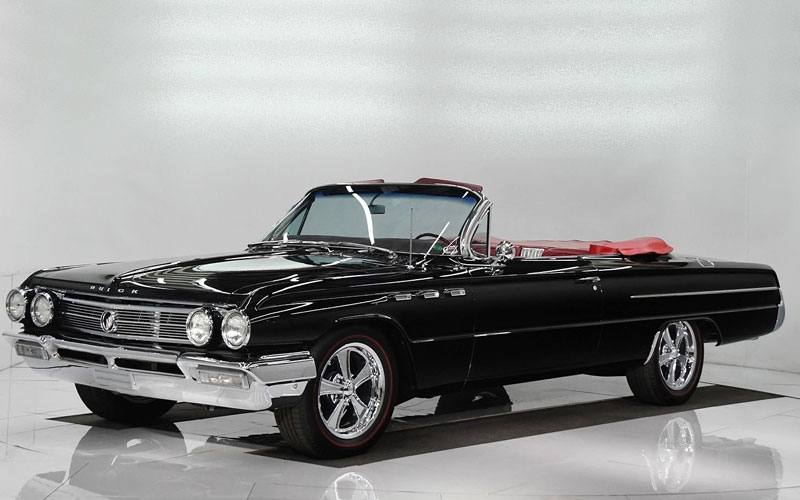
The Invicta is one of those lesser known Buicks, having a short, two-generation run in the early ‘60s. Launched in 1959, the Invicta was positioned in the middle of the lineup and offered in two- and four-door hardtops, a two-door convertible, and a four-door wagon. Styling was peak 50s, with prominent fins, hood ornament, and plenty of chrome. Under the hood was one of two available Fireball V8s (a 364 cu-in or 401 cu-in).
The second generation of the Invicta arrived for the 1962 model year with updated (more conservative) styling and a new Wildcat variant. The Wildcat took over the two-door hardtop body style and added sporty touches, like borrowing the Electra 225’s taillights. In 1963, the Wildcat replaced the Invicta nameplate as Buick’s mid-level car. The Invicta was preserved for one year on the station wagon before that too was renamed the Buick Sport Wagon.
Wildcat
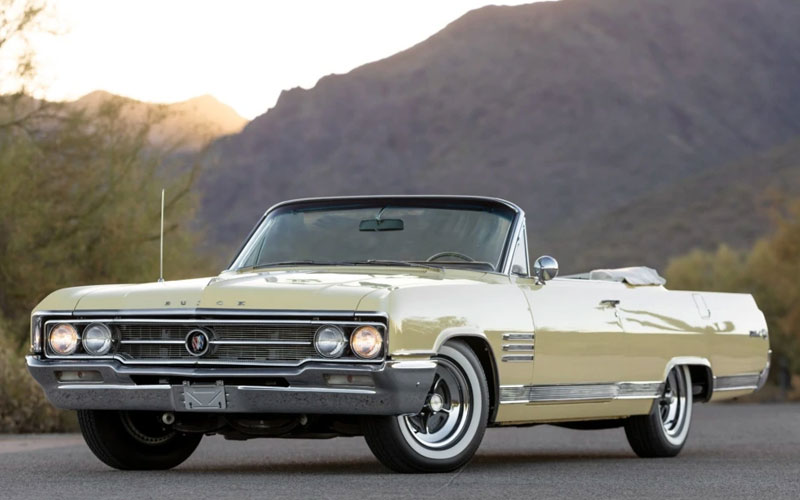
The Wildcat, as mentioned above, began as the two-door hardtop variant of the Invicta for the 1962 model year, though the name had first been used on a series of Buick concept cars starting in 1953. The Invicta Wildcat ran a different version of the Buick 401, known alternately as the Nailhead V8 for its tiny, nail-sized valves or the Wildcat 445 for its 445 lb-ft of torque. For 1963, the Wildcat inherited the four-door hardtop, two-door convertible bodies as well as getting a new four-door sedan version. A larger 425 cu-in V8 was first offered for the 1964 model, making 465 lb-ft.
A second generation of Wildcat arrived for 1966. Sales for the Wildcat improved markedly with the second-gen, peaking at over 73,000 in 1968. The engine continued to grow, culminating in a 455 cu-in in 1970, the Wildcat’s final year of production.
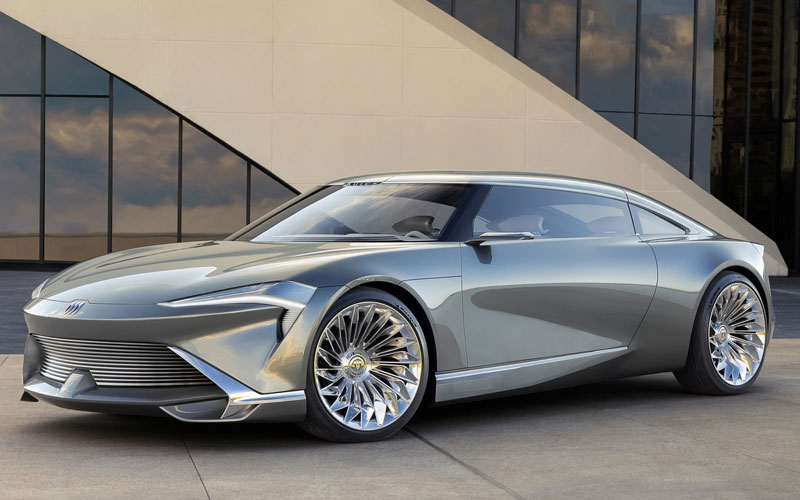
Buick, however, was not done with the Wildcat name. It again returned to use on a mid-engine 1985 concept car featuring all-wheel drive and an aerodynamic body presaging the smoothed over stylings of the 1990s. The Wildcat name is again getting mileage on a current concept, this time a new all-electric 2+2 coupe that Buick says will inform their designs going forward.
Electra
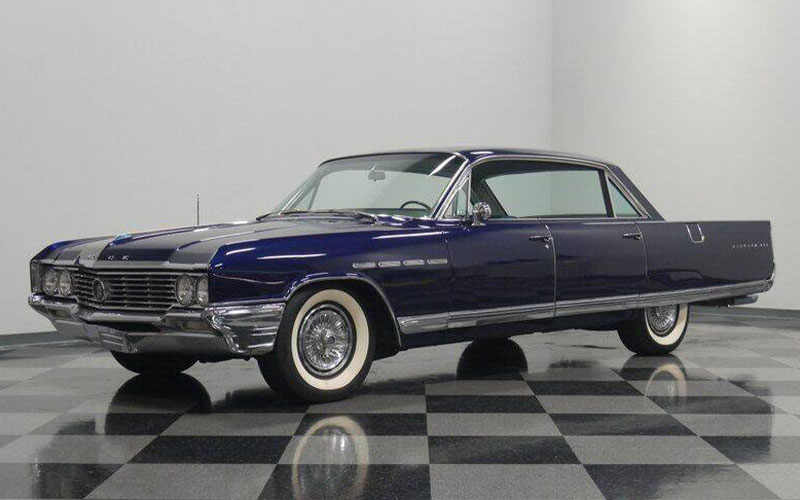
The Buick Electra was the brand’s premier full-size offering starting in 1959. Though already 220 inches in length, a still longer Electra 225 was offered as well, which, you guessed it, ran 225 inches bumper to bumper. Initial styling followed that of contemporary Buicks, with large rear fins and plenty of chrome up front.
A second generation arrived for the 1961 model year for the Electra. Like other Buick models at the time, the Electra was given a major redesign that saw its styling simplified with a more linear look. One distinct item were the Electra’s four “VentiPorts” running along the front quarter panels.
A third-generation Electra debuted for the 1965 model year with another big redesign that included both a new body and a new underlying chassis. Though dimensions stayed the same, this version looks the most robust of 60s Electras thanks to new “Coke bottle” body sculping.
The Electra would last through another three generations, finally being discontinued after 1990.
Special
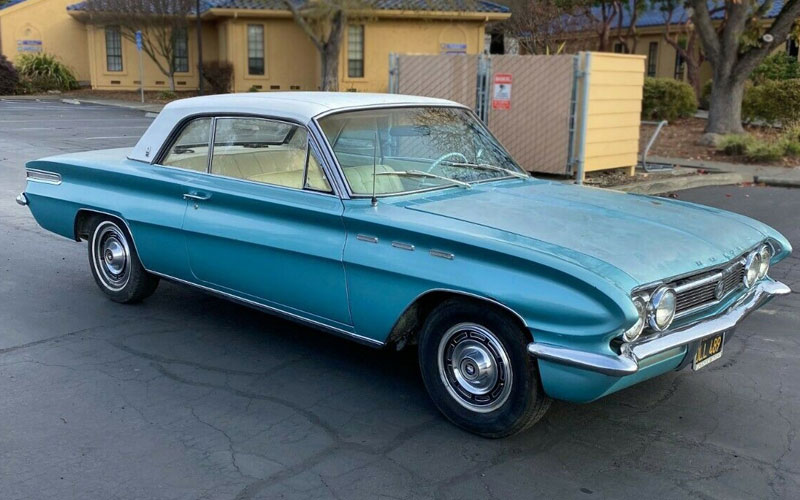
The Buick Special had been the brand’s entry-level full-size offering going back to the mid-1930s. The car’s heydays were really the 1950s. Its long hood and waterfall chrome grille were statement-making designs in the early going and mid-50s two-tone paint jobs were eye-catching. A new generation of Buick Special was ushered in, along with a new Y-body platform, for 1961. This was the first year for the Special’s Skylark trim variant.
The 1962 model Buick Special received a new engine option alongside its standard V8, the new Fireball V6. This engine was the first mass-produced V6 for an American car. The engine, along with the Special’s mix of affordability and refinement, helped garner the Buick Special Motor Trend’s Car of the Year award for 1962. Following 1963, the popular Skylark variant was given its own nameplate.
An unremarkable third generation came and went in the middle of the decade. The Special’s fourth generation, starting with the 1968 model, was renamed the Special Deluxe. Still offered in sedan and wagon body styles, the coupe version catered to the muscle car crowd with a semi-fast back design (shared with other Buicks of the time) and an optional 350 cu-in engine.
Skylark
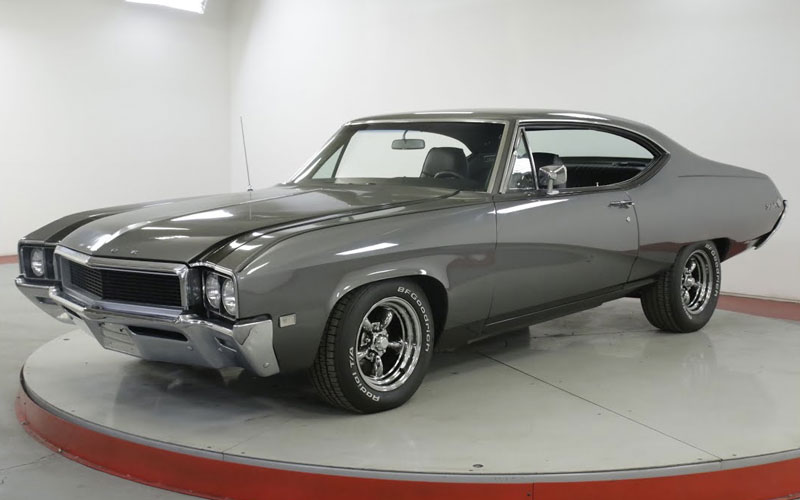
The Buick Skylark, previously a trim variant of the Special, debuted as an incrementally upscale version of that car for the 1964 model year. The Skylark name dated back to the Buick Roadmaster Skylark of the 1950s. The Skylark served as a slightly nicer, slightly more expensive analogue to the Buick Special. In 1965, a four-door sedan version was added. That same year, Buick got into the muscle car craze with a Gran Sport version of the Skylark, featuring the 401 cu-in V8 making 325 horsepower and dual exhaust.
The 1968 model year initiated the Skylark’s second generation and with it, some major changes. In addition to new styling that included Buick’s new semi-fastback design, the Skylark was now offered in a short or long(er) wheelbase. The Gran Sport was spun off into its own vehicle starting with the 1968 model year. Styling would continue to evolve as new front end designs came and went for 1969 and 1970. The Skylark would continue on for another four generations, finally ending with the sixth generation in 1998.
Gran Sport
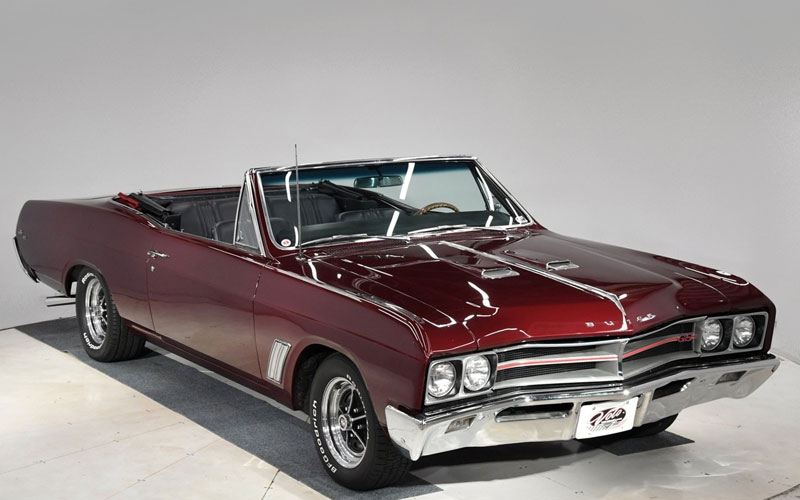
The Buick Gran Sport was the company’s response to the burgeoning muscle car segment emerging in the mid-1960s. Beginning as a variant of the Buick Skylark, the Gran Sport featured a 401 cu-in V8, the “Nailhead” from above, that made 325 horsepower and 445 lb-ft of torque. New engines were added over the next few years, with the 340 cu-in (1967), followed by a 350 cu-in V8 (1968), and a 455 cu-in for the 1970 model year. Equipped with a four-barrel Rochester Quadrajet the GS 455 made 360 horsepower and 510 lb-ft of torque.
All this led up to Buick’s contribution to the pantheon of legendary muscle cars, the 1970 Buick GSX. The GSX is best remembered for its Saturn Yellow paint with black racing stripes and its 455 V8 under its Ram-Air-equipped hood.
Performance for the Gran Sport/GSX was quickly choked out with advent of emission standards in the early 1970s and sales numbers dropped precipitously. The Gran Sport or GS badging would continue to be applied to performance versions of the Wildcat, Riviera, Appolo, Century, and Regal for decades to follow. The epic Grand National notwithstanding, the Gran Sport and GSX proved to be outliers for the Buick brand as they reverted to inoffensive semi-luxury sedans for the next several decades before finally converting to more marketable SUVs and crossovers that comprise their lineup today.


